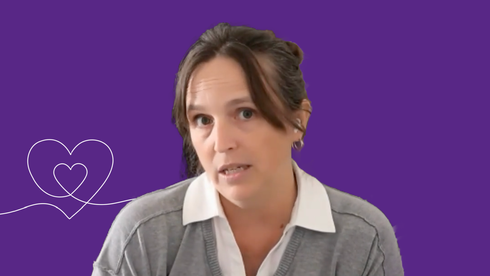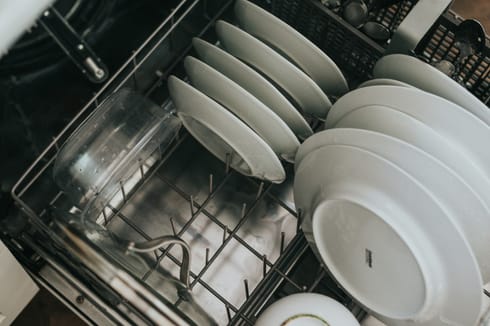
How I catalogued my personal library
Explore my book cataloging journey! Learn how I organize and label my personal and church libraries using Library of Congress and color-coding systems.
Note: Written in 2015
You know I love lists. And I also love books. So what could be better than a list of books?
How about a list of my books?
I won’t try to convince you that you need to catalog your books, because you probably don’t. But having a catalog of the books on my own shelves is something inherently appealing to me, and it might be to you, too.
Over the last year or so, I’ve also been helping catalog and organize our church’s library as well as my own, so library systems have been on my mind and I’m glad to be wrapping up both projects.
What I used
- Dymo label-maker
- colored labels for kids’ books
- delicious library or librarything
- site to find call numbers
- heavy-duty packing tape
If you use LT, a barcode scanner makes entering books go much faster (if they have modern barcodes).
So, for my own personal library, I used Delicious Library as my cataloguing software (Mac only) and the Library of Congress call numbers. I simplified the LCC numbers to only the two numbers following the two letters.
What I like most about the LCC system is that it includes fiction and literature, and books written about a piece of literature are shelved next to the literature. For the church library, I used LibraryThing (online) and the Dewey Decimal System, because that’s what people are used to.
Remember my trick for fixing book spines with packing tape?
Going through all my books and entering them into my catalog has been a great time to apply some reinforcement to bindings in need of it.
How I categorize my books
About three years ago, I put a colored label on the spine of books that I purchased for our three-year history cycle. I used the Avery color-coding labels, and I’ve been pleased with how that has worked out. There are four colors in the pack of labels, and so I’ve designated them thus:
- Yellow: Ancient
- Orange: Medieval
- Green: Modern
- Pink: Nature, Science
So all pink-labeled books are always out and always shelved together. The history books only have the current year’s color out and the rest are boxed away (and if one weasels its way out into circulation, I can spot it and return it to its home).
Two & three years ago, I would have each boy pick one history book and one science book to read for the week, and they would know what they could pick based on the label on the spine. After two years of that, they were simply in the habit of raiding the shelf for anything likely, so I felt it was no longer necessary to require it.
There is an exception: The hardcover Signature biographies we collect and the Childhood of Famous Americans books live in the boys’ bedroom and do not get labeled.
I’ve been on the lookout for Avery color-coding labels in more colors for over a year now, and have finally given up the hunt. They must not exist. I bought some dot labels in more colors, but they don’t stick very well at all on spines.
I tried another Amazon search just this week, and had an inspiration: Washi tape. So, I’m waiting for my order of rainbow washi tape to arrive, and then I’ll add a color designation to these other categories:
- Picture books
- Free reading
- Myth & fairy tale
- Poetry
- Early readers
The adult books I have labeled with their abbreviated Library of Congress call number, but not on the spine. The label is along the back cover, so it’s visible if you pull the book out just a smidge, but my shelves look like normal bookshelves and not library shelves. I thought this was a good compromise.
In my Delicious Library program, then, I have the notes line in the database where I put either the call number or the color-coded label of the book.
Next up this summer will be adding our audiobooks to the catalog so I can see what I have easily. For those, I will note where the audio book is, too.
Catalog Process to Follow
So, these are the steps I follow as I enter books into my catalog:
- Scan the book into the catalog program.
- Lookup the LCC call number.
- Enter the LCC call number into the catalog.
- Make a label with the LCC call number and affix it to the book along with a “from the library of” label.
- Shelve the book appropriately.
In reality, this is simply a way for me to play with my books. I love going through them and handling them all again, moving them around and seeing what books become new neighbors as they move from my own intuitive shelving to orderly LCC divisions.
Your routines should fit your life.
This guide will help you set up housecleaning routines that work with your preferences, home, and schedule.



